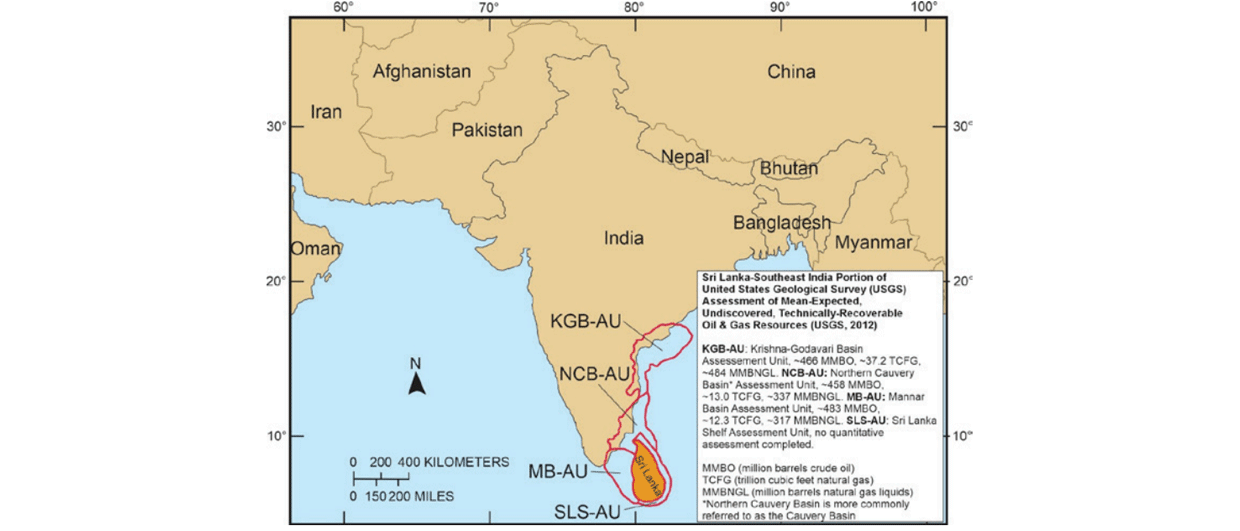Until recently, few major international companies took any notice of Ghana. In recent years, however, interest has risen exponentially with the discovery of large reserves in the deep waters of the Atlantic. Eleven oil companies now have agreements with the Ghana National Petroleum Corporation (GNPC), and as many as 40 companies have expressed interest in the country.
Exploration offshore Ghana actually began in the 1970’s but with only moderate success. The South and North Tano fields, in Ghana’s western waters, and the central Saltpond field were discovered at this time, but being predominantly gas, they were deemed semi-commercial. Only Saltpond was put into production, producing 3.5 MMbo before it was shut-in in 1985.
Then, at the beginning of the 21st century, Aberdeen-based Dana Petroleum began looking at the western part of the Tano Basin and encountered good accumulations of heavy oil in Cretaceous reservoirs, as well as identifying interesting prospects from 3D seismic in the deeper water parts of the Tano Basin.
A real giant
Finally, in June 2007, a consortium of oil companies including Tullow and Kosmos hit the jackpot with Mahogany-1, located 132 km south-west of the port city of Takoradi, in water depths of over 1,000 m. The oil is trapped in an Upper Cretaceous (Turonian) turbidite fan system. This was followed a few months later by the Hyedua discovery, only 5 km south-west of Mahogany and part of the same field, which has been named Jubilee as it was discovered in Ghana’s Golden Jubilee year.
A recent appraisal well, Mahogany-2, further tested the potential of the field and suggested production could be as high as 20,000 bopd. According to Tullow, the results of this well allowed geologists to revise their estimates of the field, with the P90 reserves rising to over 500 MMbo and the ultimate upside upgraded to 1.8 Bbo. Two more appraisal wells are planned for 2008 and a further four in 2009.
In February this year came further encouragement for the industry, with the success of Odum-1, approximately 13 km east of the Jubilee Field and 117 km south-west of Takoradi. This discovery is at a different Upper Cretaceous level (Campanian) and opens a new play fairway in the Tano Basin. Further interesting prospects have been identified in this region, several of which are thought to hold more than 500 MMbo.
Seventh largest producer
The Government of Ghana is now keen to start production in early 2010, aiming to pump 200,000 bopd by 2015, which would make it the seventh largest producer in Africa. Ghana’s economy, which relies mainly on gold, timber, cocoa and a budding IT sector, is already doing well without the money that oil will provide. Many Ghanaians, while welcoming the promise of the wealth which should come with oil, are wary of the pitfalls which its discovery has brought their West African neighbours, and are working hard to ensure that the whole country can benefit.





